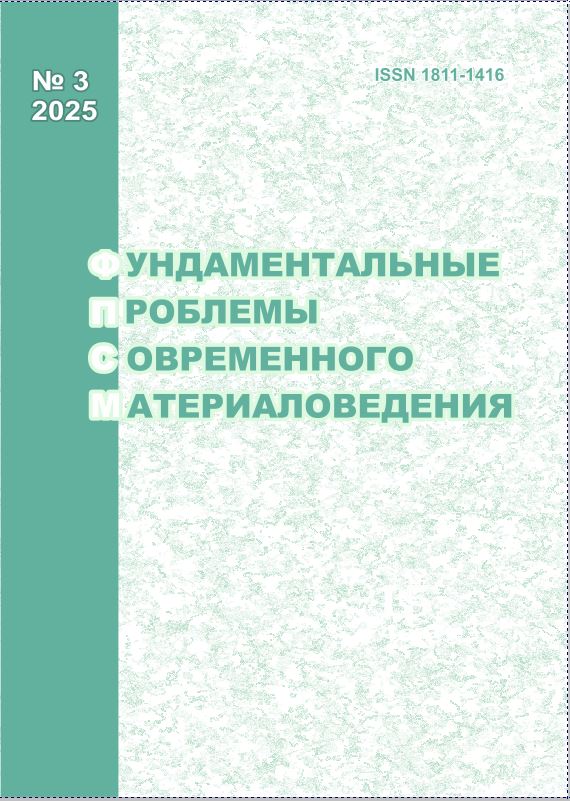REVIEW OF RECENT WORK ON ELECTRIC PULSE TREATMENT OF STEELS TO IMPROVE THEIR PROPERTIES
10.25712/ASTU.1811-1416.2025.03.010
Keywords:
electric pulse treatment, electroplastic effect, microstructure, defects, cracks, mechanical proper-ties, corrosion resistance.Abstract
Electric pulse treatment (EPT) of steels based on the electroplastic effect (EPE) has found wide application in various branches of industry. The EPE is most often explained by the combined effect of thermal ef-fects (non-uniform release of joule heat on structural defects), athermal effects (the effect of the electron wind, the skin effect, and the interaction of dislocations with local stoppers), and the effect of a magnetic field (the pinch ef-fect and the spin softening of the metal). EPT is usually applied for the purpose of healing defects (fatigue cracks or pores), improving microstructure (grain refinement, changing phase composition, performing phase transformations, dissolving precipitates), increasing mechanical properties (plasticity), increasing corrosion resistance and wear re-sistance, reducing residual stresses and increasing the efficiency of metal processing methods (drawing, rolling, etc.). The purpose of this review was to analyze the work and summarize the achievements in the EPT of steels over the past few years. The works on EPT of various steels for each of the above-mentioned purposes were reviewed. In addition, new achievements in the field of EPT include the use of this method to improve the microstructure of steels produced using additive manufacturing technologies. Computer simulations (such as finite element methods) and machine learning techniques are also being used in the study of EPT.











 Journal «Fundamental’nye problemy sovremennogo materialovedenia / Basic Problems of Material Science»
Journal «Fundamental’nye problemy sovremennogo materialovedenia / Basic Problems of Material Science» This work is licensed under a
This work is licensed under a 
